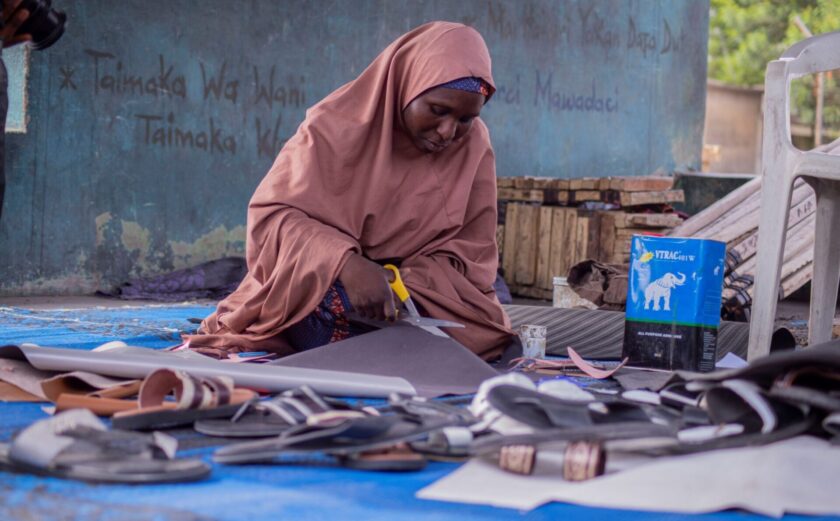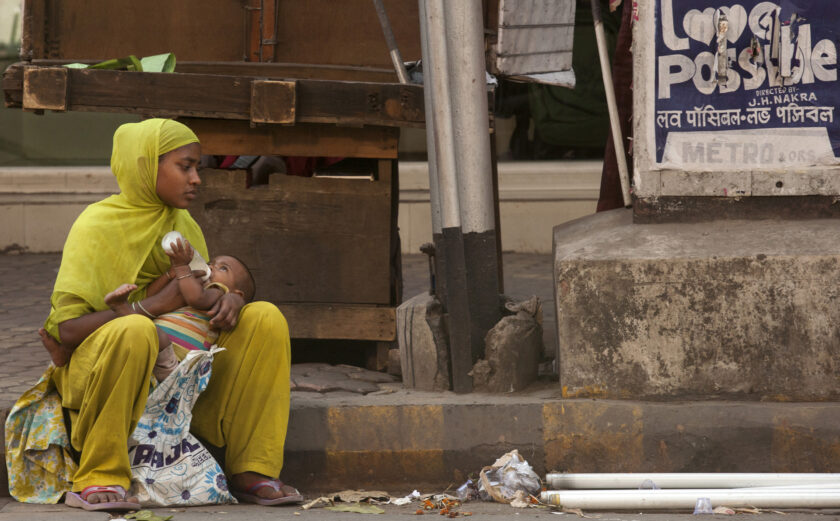
Comprehensive Sexuality Education: A Need for Protection and Empowerment in Guatemala
Twenty-five percent of people giving birth in Guatemala, which has one of the highest rates of teenage pregnancy in Latin America, are under 18 years old. This might not seem like a particularly salient statistic to raise during the 16 Days of Activism Against Gender-Based Violence (16 Days), but a lack of ability to make informed decisions over one’s body and adolescent pregnancy go hand-in-hand.
In countries like Guatemala, where an adolescent pregnancy or living in an early union or marriage are among the intersecting factors that place girls in the “high risk” group for gender-based violence (GBV), programs that promote sexual and reproductive health and rights (SRHR) and combat violence against women and girls (VAWG) are essential. However, the Guatemalan education system lacks vital sexual and reproductive health programs.
Adolescent girls and young women suffer the most severe consequences of this lack of access to information, often leading to teenage pregnancy that interrupts their studies and limits their employment and personal development opportunities. Recent data indicates that in rural areas, one in four adolescent girls are pregnant or already a mother, drastically reducing their educational and employment opportunities.
Addressing GBV in Guatemala
One of the most useful tools to address these issues and ensure women and girls can make free and informed decisions about their sexual and reproductive health and rights is comprehensive sexuality education (CSE). CSE is a process that covers the physical, emotional, and social aspects of human sexuality. Covering topics like human development, consent, prevention of unplanned pregnancies and sexually transmitted infections, and respect for diversity and gender equity, CSE is critical for promoting SRHR and addressing the root cause of VAWG, which is gender inequality. CSE is a holistic approach that provides individuals with the knowledge and skills to make informed decisions, assert their rights, and build respectful relationships based on equality, thereby being a transformative force in reducing vulnerabilities and fostering safe, informed choices.
Despite this, implementing CSE faces significant challenges in Guatemala. Cultural barriers persist, which incorrectly associate sexuality education with promoting sexual relationships in adolescence, creating considerable resistance. The Guatemalan educational system does not formally include CSE programs, preventing young people from accessing complete information about sexual and reproductive health. Initiatives like “Iniciativa de Ley 6157,” which was introduced in Congress and proposes incorporating CSE into schools, have been hindered for political and social reasons.
Overcoming Challenges
Despite the challenges and delayed progress in the education system, the International Rescue Committee (IRC) works with women-led and women’s rights organizations to offer CSE and similar programming. For instance, IRC works in collaboration with local partners like “Mujeres Mejorando Vidas” to offer informational sessions on sexual and reproductive health to adolescents. These sessions are the first step toward raising awareness of the need for CSE and have been well-received in schools and communities.
IRC also offers the Girls Shine methodology aimed at girls and adolescents between 10 and 19 years old, which addresses health and hygiene, promoting topics such as decision-making and sexual rights. These programs highlight the importance of information as a safeguard against violence and exploitation.
At the same time, global bodies like the World Health Organization and Observatorio de Salud Sexual y Reproductiva (Observatory on Sexual and Reproductive Health) continue to advocate for policies that incorporate teacher training in CSE and promote parental involvement in preventing sexual violence.
All of this work—through direct implementation, partnership, advocacy, and Congressional action—will hopefully ensure the incorporation of CSE into schools, recognizing this not only as a public health priority, but a critical step toward reducing gender-based violence and achieving a more just society.
—
Note: The views in this blog are the author’s own and do not necessarily reflect the views of InterAction.








